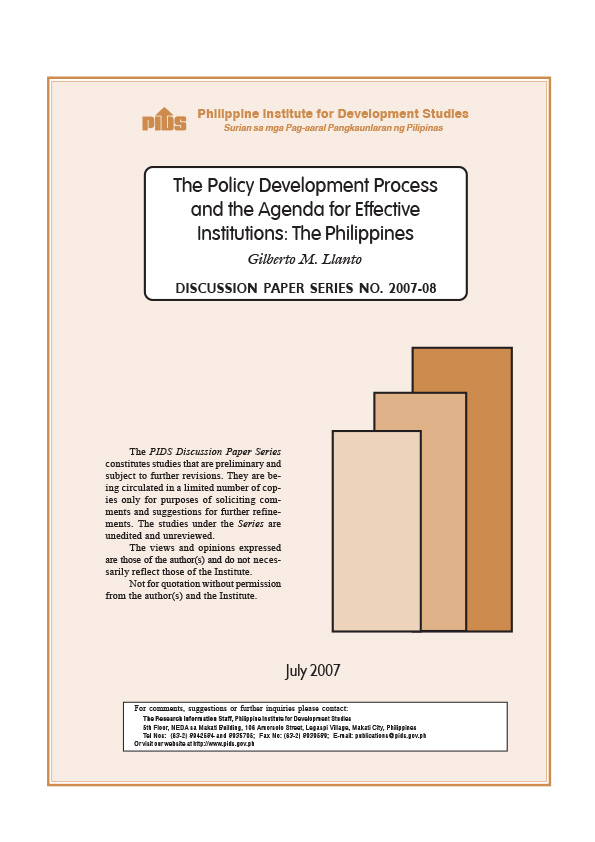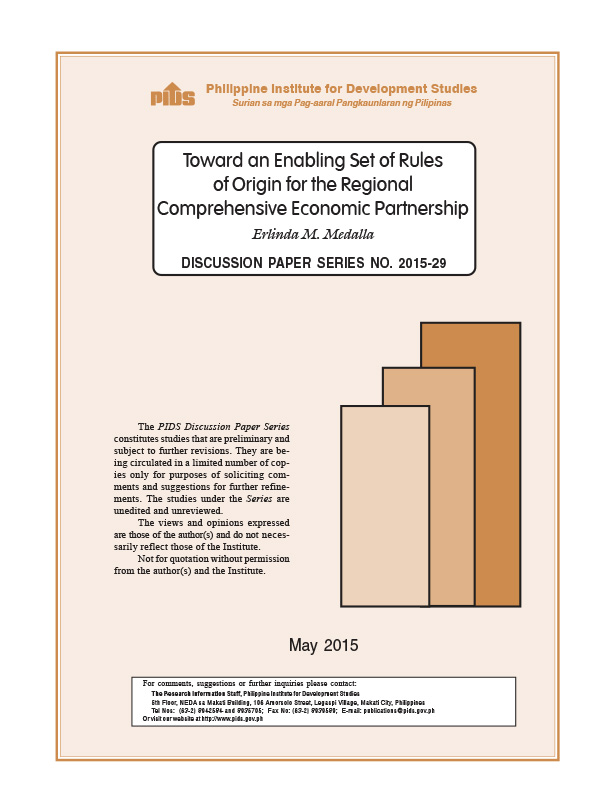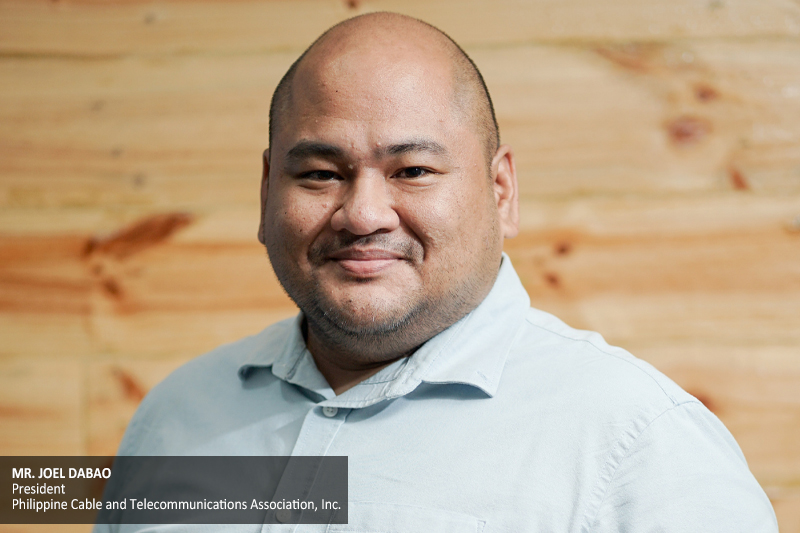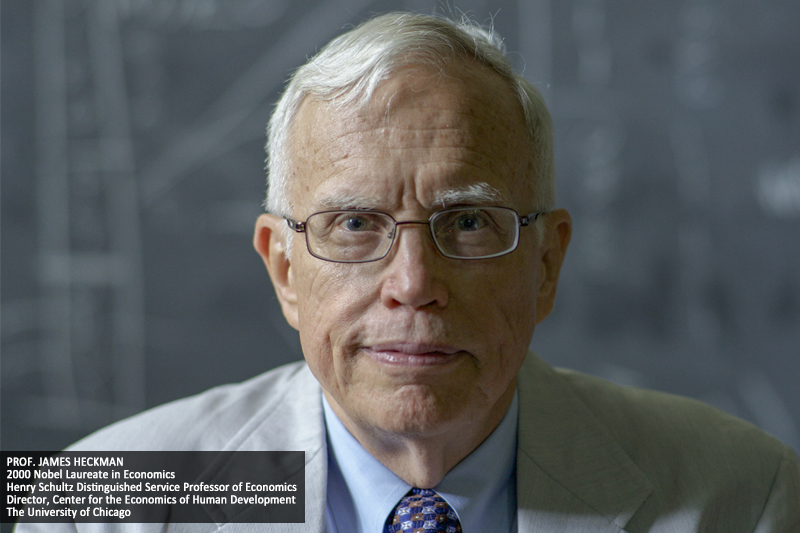SURVEYS on unemployment rates in the Philippines are a tricky business. One must not believe half of them if he or she wants to keep himself or herself sane and well-informed. There are aspects in society that need to be raised and considered for study if survey companies want to give an accurate picture of the whole situation. One cannot simply make generalizations and put these forward as gospel truth.
Take people with disabilities (PWDs), for instance. No one mentions them in these employment surveys. The Philippine Magna Carta for Disabled Persons defines them as people "suffering from restriction or different abilities, as a result of a mental, physical or sensory impairment, to perform an activity in the manner or within the range considered normal for a human being.” Many belong to the poorest section of society.
Did you know that there are close to 500 million people worldwide who suffer from one form of disability or another, and only a fraction are actually employed? No matter how educated or academically accomplished PWDs are, misconceptions and stereotyping often get in their way.
In the World Economic Forum in East Asia (WEF-EA), held in Manila last week, Rex Adivoso Bernardo, a PWD advocate from Camarines Norte province, reportedly said only 10 percent of "employable” PWDs find decent jobs. The rest who are lucky enough to sign a contract or begin a business often end up doing menial work. Not that there’s anything wrong about that, but stereotyping, as in the case of blind people, have consigned many of them to being masseurs. Also, Bernardo claims that many PWDs have undergraduate or graduate degrees, but these seem to be not enough.
Separate studies by the Asian Development Bank and the Philippine National Statistics Office in 2005 said 10 percent to 30 percent of PWDs get regular paying jobs, while more than 50 percent are in the "informal sector.” This sector is made up of self-employed, independent producers, and distributors of goods and services. Many in this sector are not registered, and often beyond the reach of social, labor and legislative safety nets. The rest satisfy themselves by just depending on family and government support.
Employer perceptions vary. A 2011 survey among a little over 200 employers belonging to different industries revealed four ways by which PWDs are taken or rejected for employment:
1. "Negative Stereotype,” where PWDs suffer from low productivity or absenteeism.
2. "Added Business Value,” which relies on perception (e.g., morale booster, if the PWD will bring prestige to the company).
3. "Added Cost and Efforts at Management” are PWDs that need further training and guidance.
4. "Social Cost,” where PWDs provoke negative reactions from both co-workers and clients.
According to the same survey, the education sector–which, ideally, is the frontrunner and enemy of discrimination–is also the most hesitant to include the handicapped in their workforce. Female PWDs suffer double discrimination because of their gender and handicap. Studies show that male PWDs are often preferred than females.
A 2013 study by the Philippine Institute of Development Studies said: "Schelzig [2005] estimated that only less than 10 percent of more than 100,000 employable PWDs registered with the DOLE [Department of Labor and Employment] were wage-employed. The International Disability Rights Monitor, however, reported that 57.1 percent of the PWDs in the Philippines are employed, 30.9 percent of which are engaged in agriculture, such as farmers, forestry workers or fishermen; while 10.8 percent are laborers or unskilled workers.”
The Philippine Magna Carta for Disabled Persons is a clear example of how the Philippines views its disabled constituents. But it requires stricter implementation. Employers should not treat handicapped people as less than whole. If there’s any truth to the flawed perception, we might as well do away with elections.//
Related Posts
Publications
Press Releases
Video Highlights
[No related items]
Infographics
[No related items]





